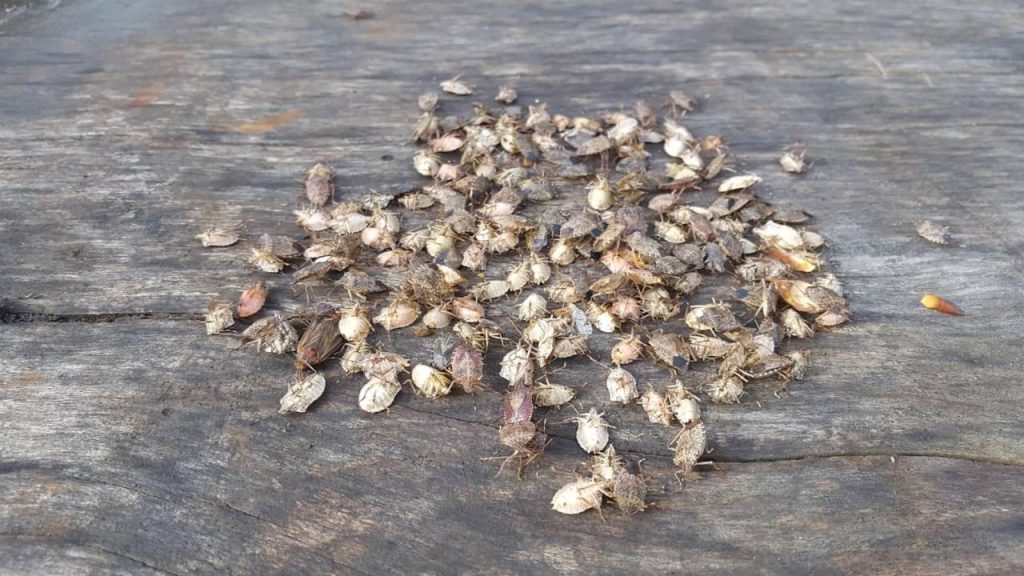The increase in insect populations in large cities is attributed to various factors such as climate change, urbanization, environmental factors, and inadequacies in managing water resources, according to Prof. Dr. Hamit Ayberk from the Department of Forest Entomology and Protection at Istanbul University-Cerrahpasa. Ayberk warned that this situation could have serious ecological, economic, and public health consequences due to the “heat island” effect caused by buildings and roads absorbing sunlight and creating higher temperatures compared to rural areas. He emphasized that the increasing temperatures in cities could lead to faster reproduction rates of insects, such as mosquitoes, which thrive in warmer environments.
The impact of climate change on insect life cycles, population dynamics, distribution ranges, and ecological relationships was highlighted by Ayberk. He explained that rising temperatures in Turkey could accelerate the life cycles of certain insect species, leading to increased populations of pest insects that damage crops. The milder winters could also cause pests to survive and further reproduce, resulting in a potential increase in their populations. Additionally, Ayberk noted that some insect species may spread to northern regions or higher altitudes due to the warming climate, introducing new insect species to different parts of Turkey.
The invasion of alien species such as the citrus longicorn, vampire moth, and brown marmorated stink bug from the Far East was mentioned by Ayberk as a result of climate change affecting the behaviors and populations of pollinator insects like bees and butterflies. This disruption in pollination processes could have negative implications for agriculture and natural ecosystems, leading to farmers using more pesticides and decreasing agricultural productivity. Ayberk also warned that as temperatures rise, disease-carrying insects like mosquitoes could see an increase in their populations, posing serious public health risks in new regions.
Ayberk highlighted that climate change not only affects insects but also impacts their natural predators, such as birds, bats, and amphibians. Changes in temperature and rainfall patterns could negatively affect these predator species that feed on insects, potentially disrupting the natural balance and causing unchecked increases in insect populations. He emphasized the importance of preserving green spaces that provide habitats for natural predators to help maintain the natural control of insect populations, suggesting urban agriculture projects and green roofs to promote the conservation of green areas in cities.
In response to the increasing insect populations, Ayberk suggested measures such as implementing effective drainage systems to prevent stagnant water accumulation and regular maintenance of existing systems to curb the breeding of waterborne insects like mosquitoes. He also stressed the need to modernize old and inadequate sewage systems to prevent the reproduction of harmful insects successfully. Ayberk emphasized the significance of raising public awareness to combat the rise in insect populations, recommending educational programs in schools to increase environmental awareness and promote simple hygiene measures to control insects in households and surroundings.


